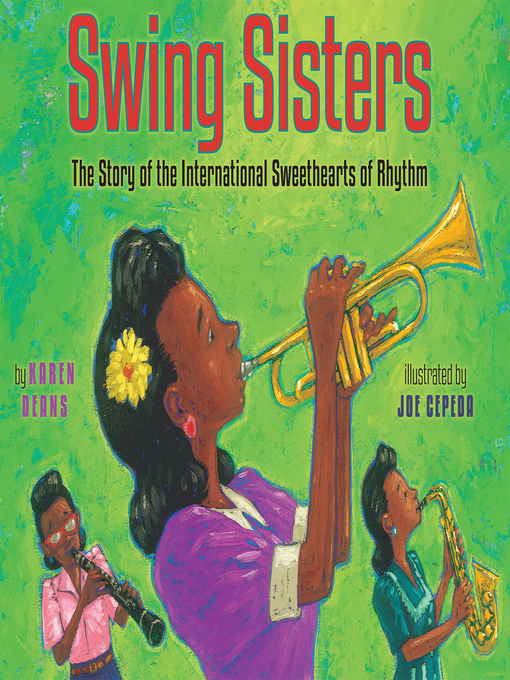Back in 1909, not far from Jackson, Mississippi, Dr. Laurence Clifton Jones opened a special place for orphans named Piney Woods Country Life School. Dr. Jones loved music and wanted the children to love it too. In 1939 he started a school band that was just for girls, and he called it the Sweethearts. The music the girls played was called swing. It had rhythms and melodies that got people up on their feet to dance. And like all good music, it told stories about how it feels to be alive. After the girls left Piney Woods, the band stayed together and performed around the world. With their enormous talent and joyful music, the Sweethearts chipped away at racist and sexist barriers wherever they went.
- Audiobooks: New Horror
- Audiobooks: Recent Biographies
- Audiobooks: Contemporary Romance
- Audiobooks: Listen to an Adventure
- Audiobooks: Celebrity Book Club Picks
- Audiobooks: Thrillers
- Audiobooks: Make Them Laugh
- Audiobooks: Listen and Learn
- Audiobooks: New Year New You
- Audiobooks: Holiday Romance
- Audiobooks: Cozy Female Sleuths
- New audiobook additions
- New kids and teen additions
- See all audiobooks collections
- Just added
- Kids' Magazines
- Teen Magazines
- Florida Magazines
- Magazines from India
- Learn, Make and Create - Magazines
- Travel Magazines
- Sports
- Health & Fitness
- Most popular
- Cooking & Food
- Celebrity Gossip
- News & Politics
- See all magazines collections

